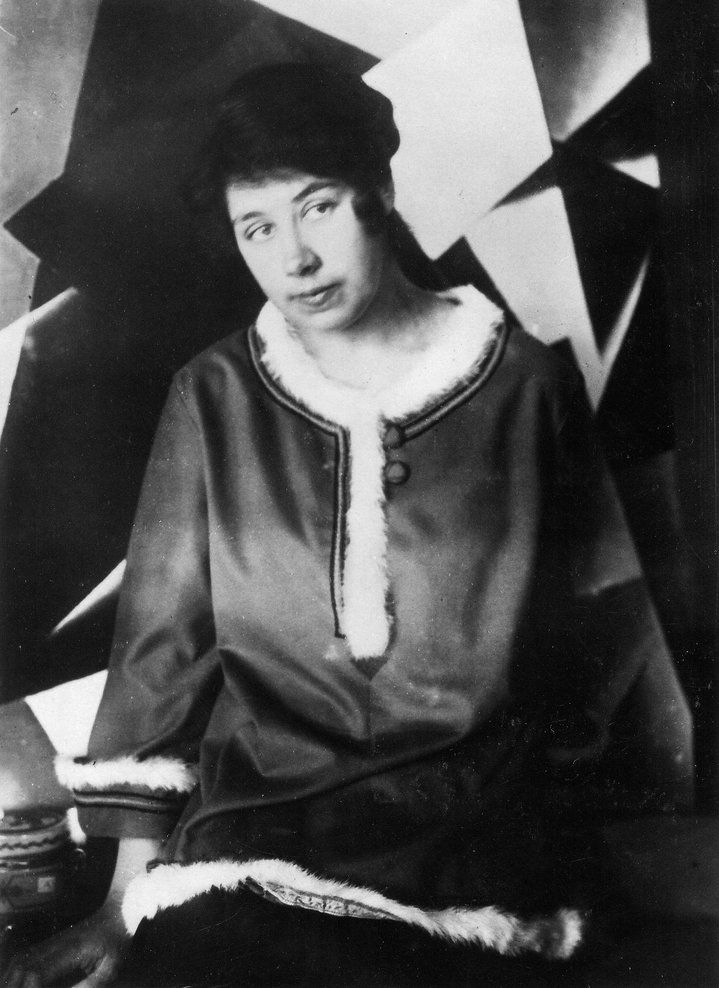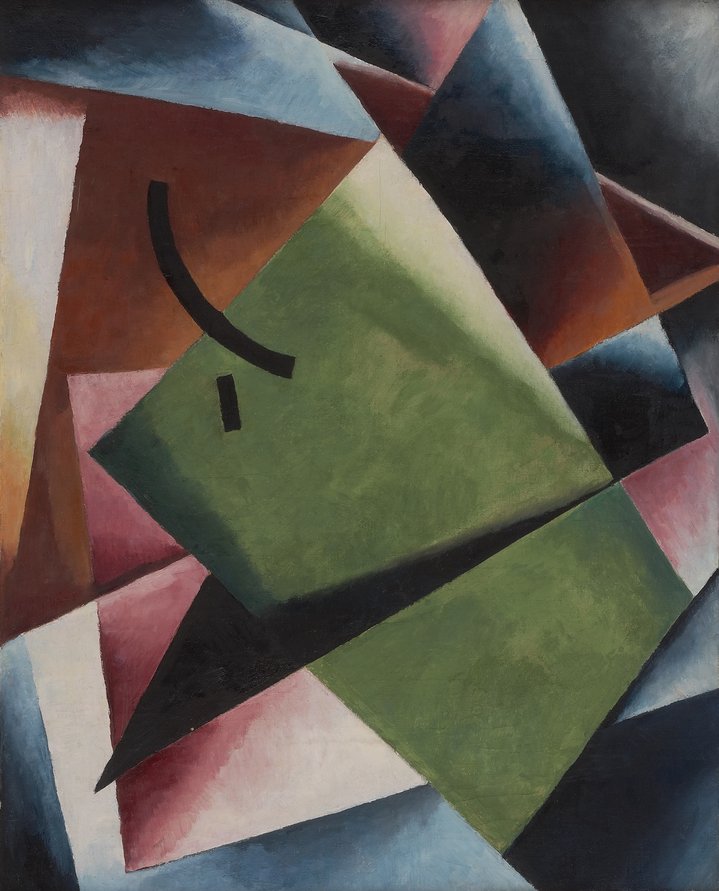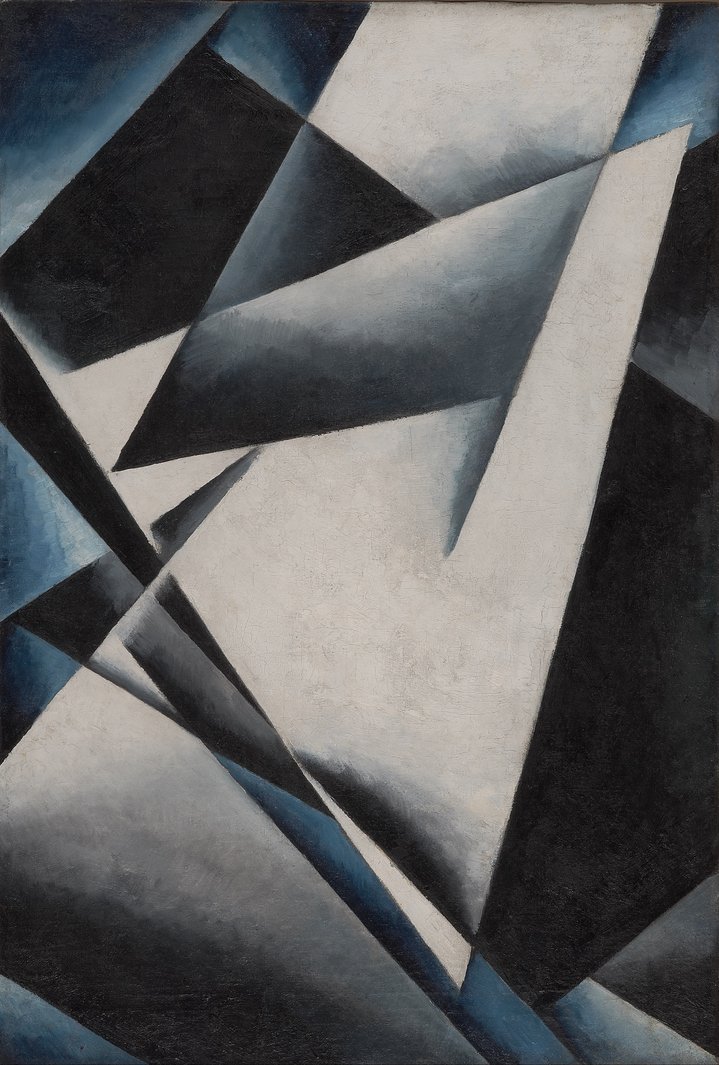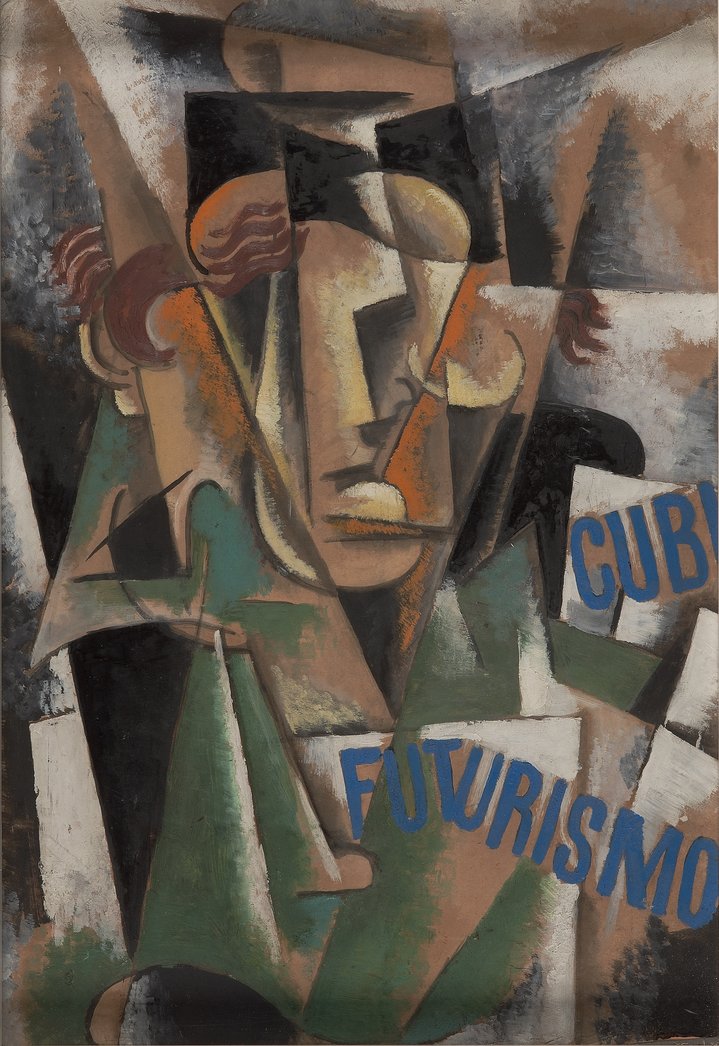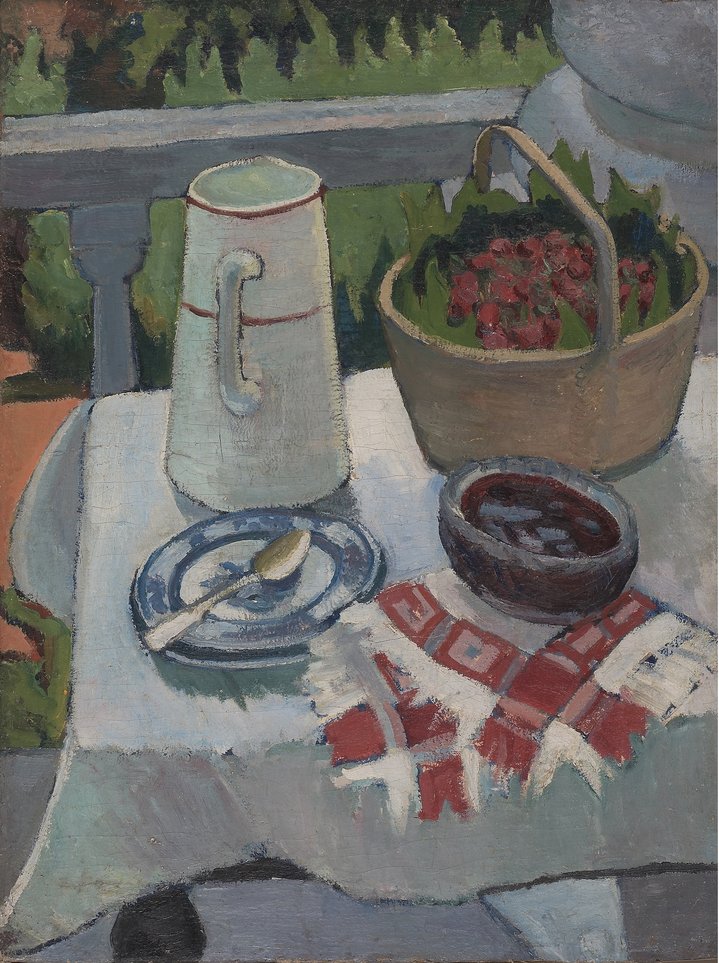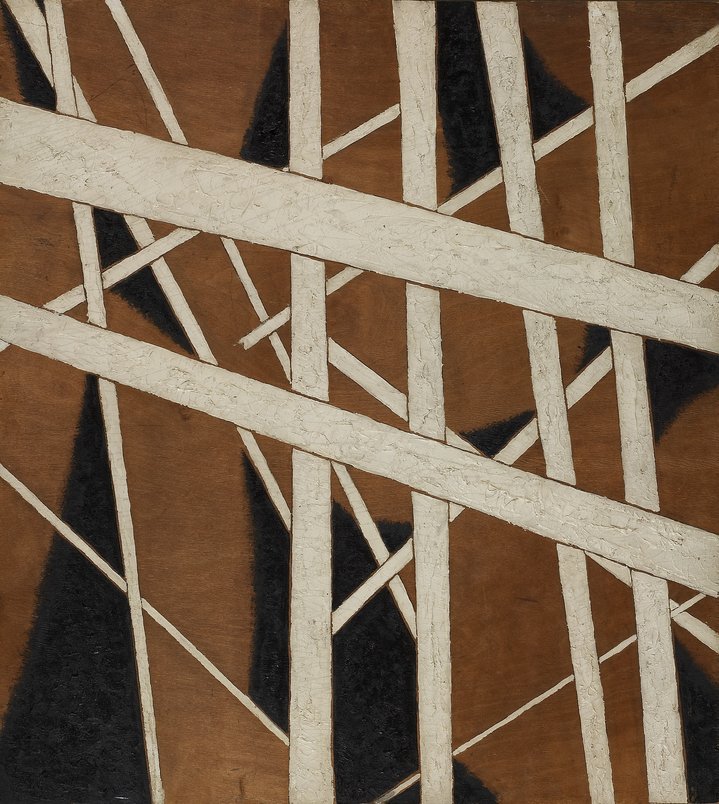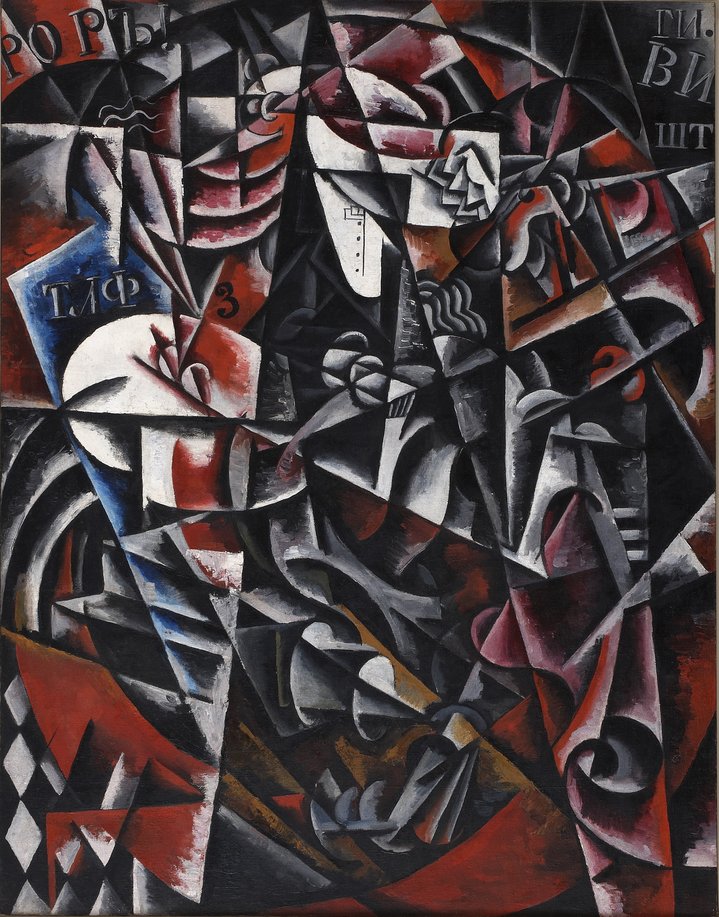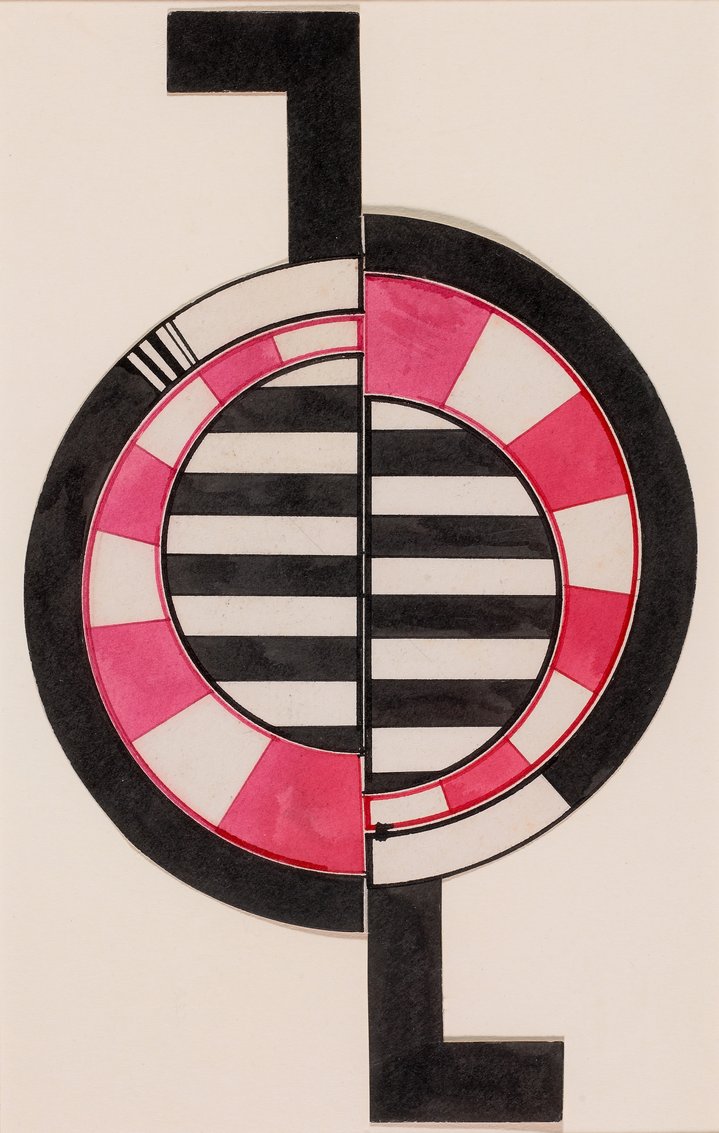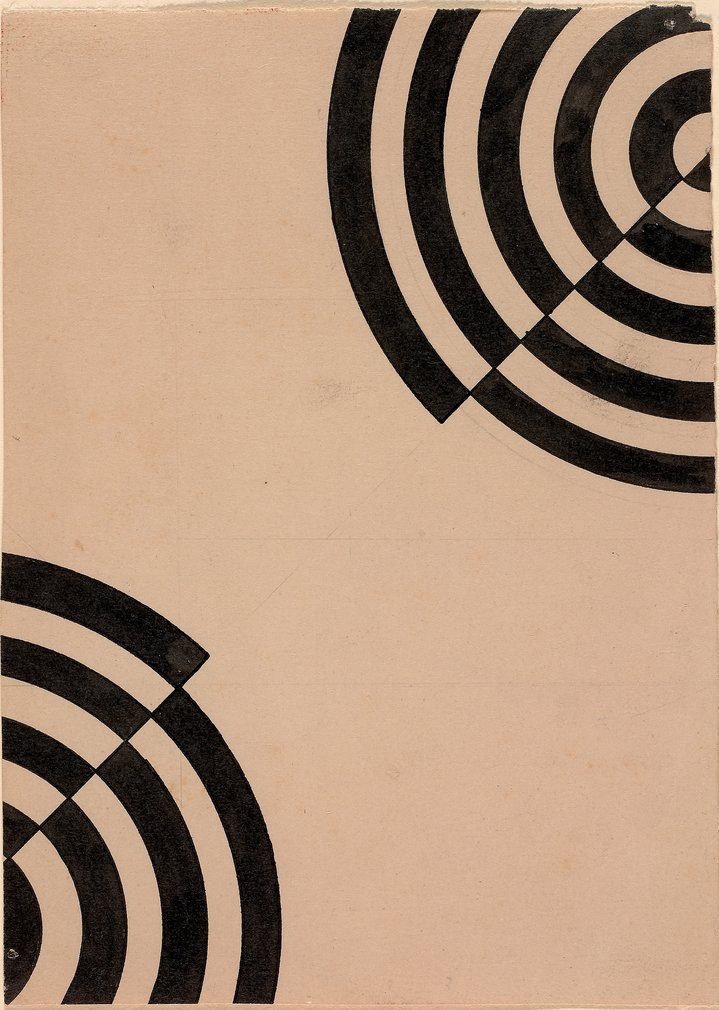Liubov Popova in Greece: a journey into the artist's mind

A major retrospective of the multifaceted “Amazon” of the Russian Avant-Garde has opened at the MOMus-Museum of Modern Art-Costakis collection in Thessaloniki.
Museums all over the Western world are re-shaping their permanent exhibitions to strengthen the presence of female artists. The Thessaloniki museum, which boasts the biggest collection of Russian Avant-Garde art outside Russia, has chosen a different path of paying due homage to women in the arts.
Its impressive wealth of Avant-Garde paintings, graphics and archive material comes from the estate of George Costakis (1913-1990), the legendary collector. He spent a good part of his life in the USSR, after which he moved to Greece in 1977, leaving behind many of the artworks he had managed to procure. The bigger part of his collection was ceded to the State Tretyakov gallery as part of a deal that enabled him to emigrate and take the rest of his treasures with him.
The smaller part of his collection remained in the family and was sold by his daughter Aliki to the Greek government after Costakis’s death. It was housed in Thessaloniki’s
Museum of Modern Art (MOMus), which opened in 1997.
During the re-launch of the museum in 2018 a new concept was introduced. There is no longer any permanent exhibition, instead only temporary shows, which change twice a year. The first solo exhibition in this program is dedicated to Liubov Popova (1889-1924), one of Costakis’s favourite artists.
During her short but incredibly eventful life (she died at the young age of 35) Popova did not directly start any art movement herself, however made a significant impact on several others. Early works of this avid student of Jean Metzinger (1883-1956) and Vladimir Tatlin (1885–1953) were executed in the impressionist manner.
Later on, she drifted from Cubo-Futurism to Suprematism to Constructionism, changing her style in line with the rapidly changing artistic vogues of her time. The daughter of a wealthy textile merchant, she embraced the 1917 revolution and eagerly took part in the creation of that new world, designing theatre sets, fabrics and magazine covers.
The exhibition, curated by MOMus’ director, Maria Tsantsanoglou, president of its board of trustees, Kristina Krasnyanskaya, and the leading scholar of the Russian Avant-Garde, Andrei Sarabianov, outlines different aspects of her patchwork career in a clear and elegant way.
The awkwardly oblong museum halls are divided into sections dedicated to her various stages and styles. Special compartments illustrate Popova’s multiple professional identities as a professor at the legendary Vkhutemas art school, as well as a theatre and textile designer. Russian architects Kirill Asse and Nadezhda Korbut ingeniously designed the show, separating the space with airy pavilions, which recall the verandas of old Russian dachas. These structures house documents and photographs from Popova’s archive. A small separate room contains paintings of her famous contemporaries, such Kazimir Malevich (1879–1935), Ivan Klyun (1873–1943), Nadezhda Udaltsova (1885–1961), Alexander Rodchenko (1891–1956) and Varvara Stepanova (1894–1958).
The majority of the 200 works on display are graphics; and no wonder, since there is only a limited amount of Popova’s paintings in the Greek part of the Costakis collection. No loans from any Russian museums were made for the show, although a few private Russian collectors did contribute.
This decision was a matter of principle, rather than economics. Kristina Krasnyanskaya pointed out that the goal of the museum is to promote its own collection. Indeed, the highlights of the exhibition come from the museum’s own vaults. These include the impressive Cubo-Futuristic masterpiece “Travelling woman” (1915) and Popova’s Suprematist “Painterly Architectonics” (1918–1919), which caused a lot of controversy last year.
Back then, the state museum of Rostov Veliky, a small town 200 kilometres from Moscow, discovered a fake Liubov Popova painting among its collection. According to the museum’s deputy director, Sergey Sazonov, the copy and the original work were switched as early as in the 1970s and the authentic original painting is now located in MOMus. However, the Greek museum begs to differ.
“There is no proof that the painting which disappeared from the Rostov (Veliky) museum and the painting in our collection is the same,” Maria Tsantsanoglou told Russian Art Focus at the pre-opening press conference. “We are discussing the issue with Rostov museum representatives, but cannot agree with their requests.”
Andrei Sarabianov holds the same opinion. “Popova often made several, almost identical versions of one painting,” he says. Disagreements aside, the show, rich with archive materials and sketches, provides an enlightening insight into the workings of the artist’s mind and is a rare chance to see the fragile creations before they retreat back into the vaults.
The exhibition was organized with the financial support of two Russian art patrons: the president of the museum’s board of trustees, Kristina Krasnyanskaya, and Andrei Cheglakov, the founder of AVC Charity Foundation, as was the press tour of the show.
Liubov Popova. Form. Colour. Space.
MOMus-Museum of Modern Art-Costakis Collection
Thessaloniki, Greece
12 October 2019 – 1 March 2020






